If you love wood, you need to read this blog....
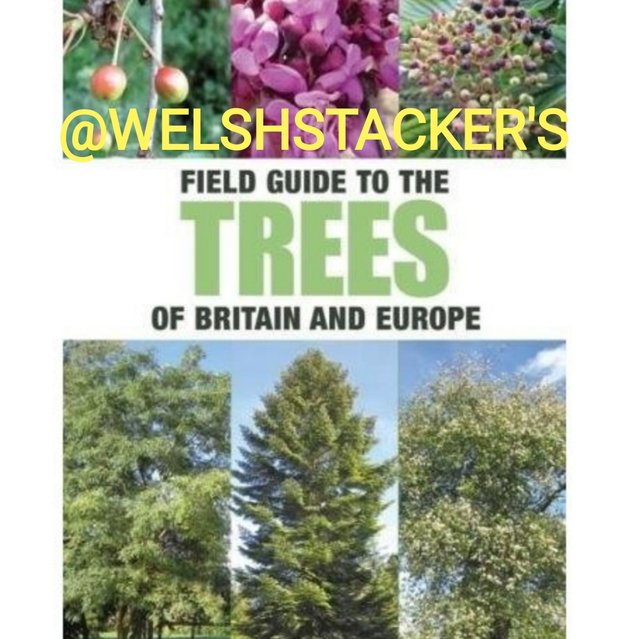
I'll go out on a limb here to try and identify some common woodland species, here in the UK, and stop us all barking up the wrong tree....
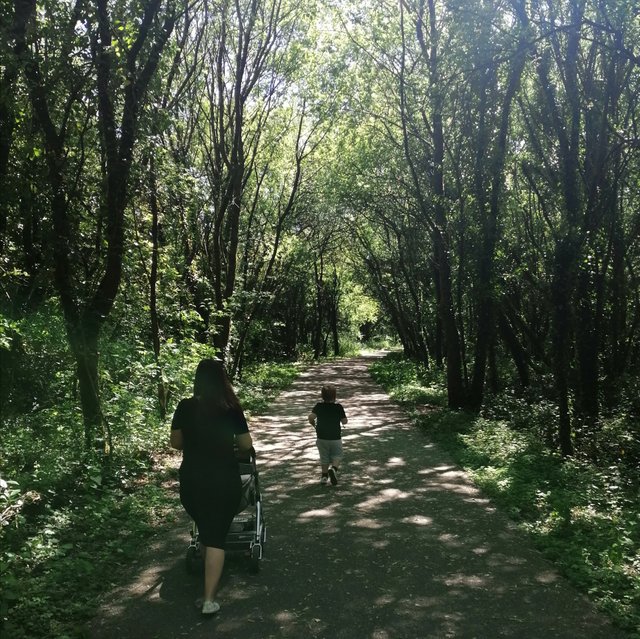
With "lockdown" still in full-swing, I find myself walking more and more in the beautiful countryside located all around our house. Today the whole family ventured out for a lovely walk in the glorious sunshine. Since 1/2pint is unable to attend school, Mrs W has been trying to fulfil the role of teacher and set daily tasks for him to do.
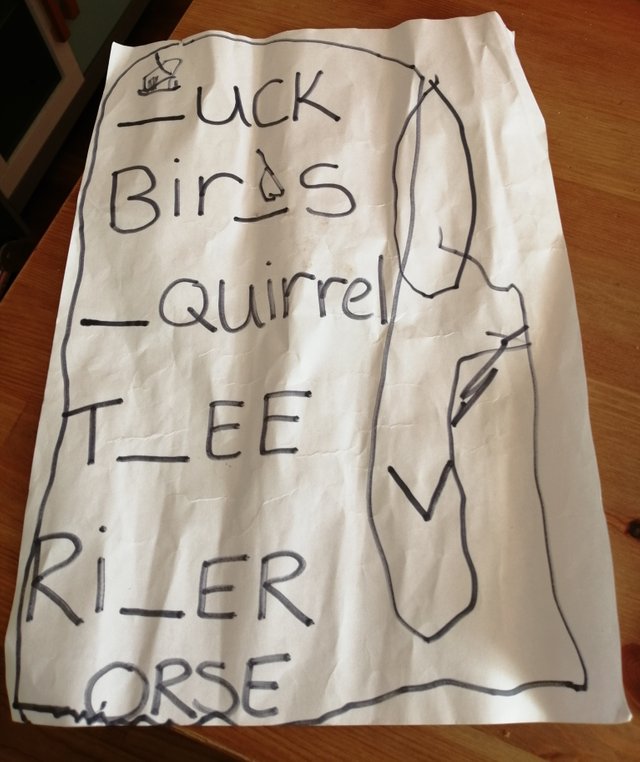
A simple spell what you see
It wasn't long before he became very bored of this, so we went back to "old skwl", and I reverted back to trying to teach him things school won't. I love to share with him the knowledge passed to me by my father, so today I started to teach him about trees, and hence why this blog came about.
So without further a do, I give you the wonderful world of wood!!:

Whether it’s a majestic oak or a wind-pruned thorn hanging on to life on an exposed coastline or a desolate moor, Britain’s trees are a truly remarkable and defining feature of our landscape.
Solemn, stately and statuesque, they have towered over our countryside for some 400 million years, offering breathtaking beauty, shelter, shade, fuel, food and the most versatile building material known to man. They are living documents of our very existence, which bring reassurance and hope through their indefatigable ability to outlive us.
So, just because I am seriously running out of blog ideas, here’s my simple guide to identifying a few British trees we saw today.
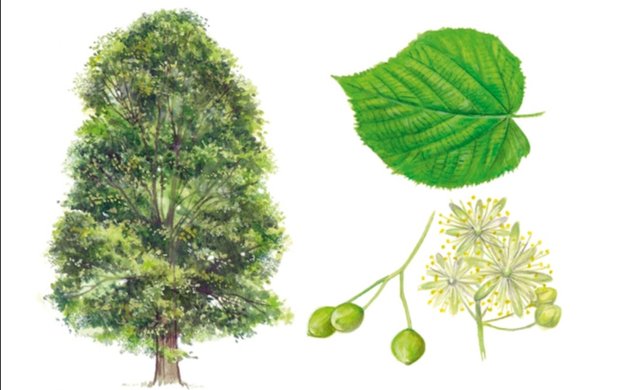
Common lime – Tilia x europaea
Probably the tallest broad-leaved tree in Britain, the common lime is set apart from other limes by bushy side shoots that start from near the ground. Often seen in streets and parkland, this galleon of a tree is a true joy to sit beneath in July, when its sweetly scented flowers attract gently buzzing bees.
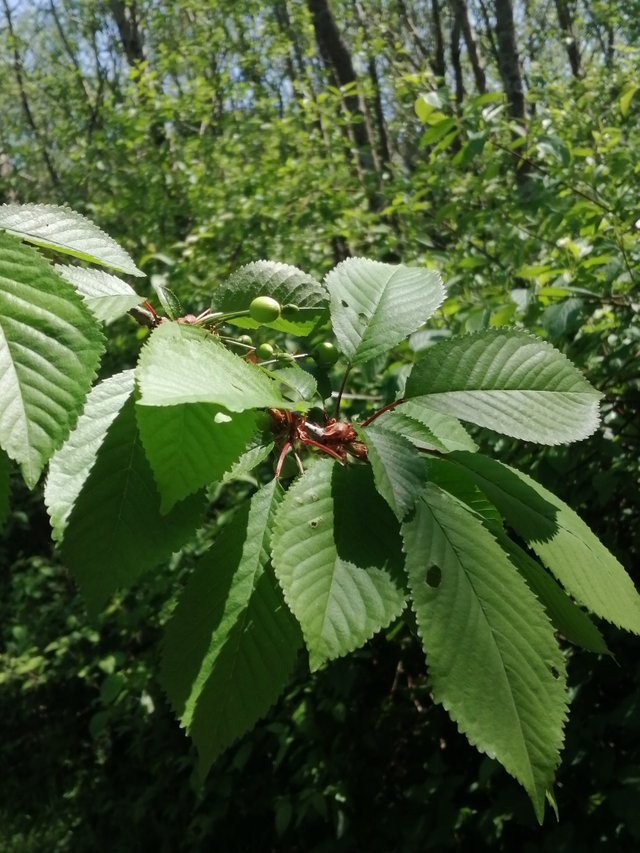
As well as feasting on the nectar and pollen, insects love to drink the honeydew deposited by aphids on the tree’s delicate, heart-shaped leaves, which have tiny tufts of white hair in the vein axils.
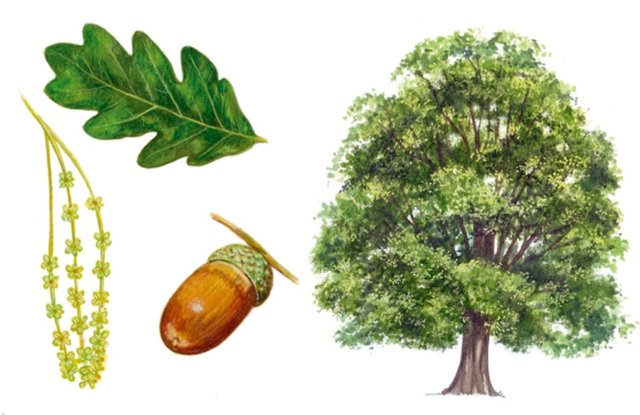
English oak – Quercus robur
Also called pedunculate oak, because it bears fruit or acorns on long stalks or ‘peduncles’, this is the most common oak in Britain. Set apart by its generous trunk, sturdy, crooked branches and expansive crown, the female flowers bloom on upright stalks, with the male equivalent appearing as hanging catkins.
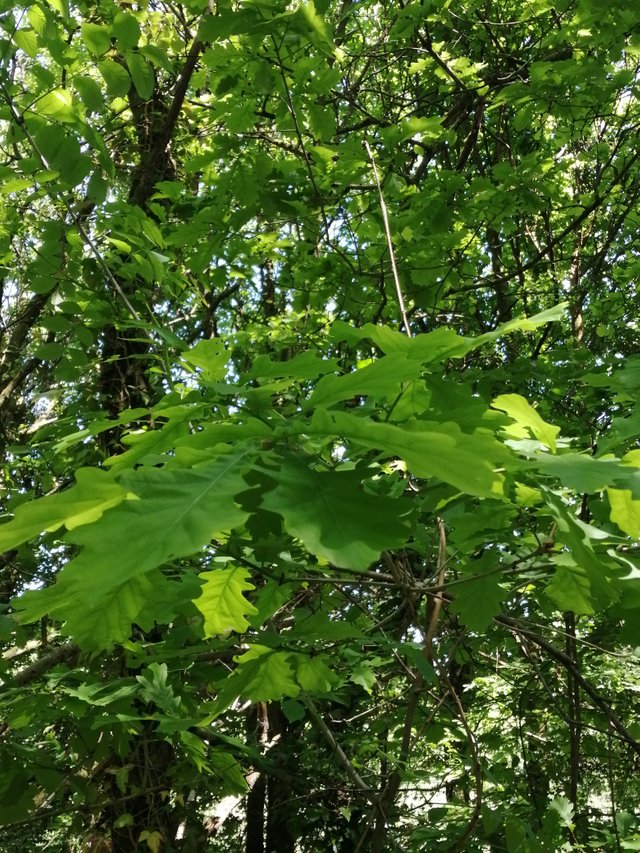
Acorns develop, usually in pairs, next to alternate and distinctively scalloped stalkless leaves that have ear-like lobes at the base.
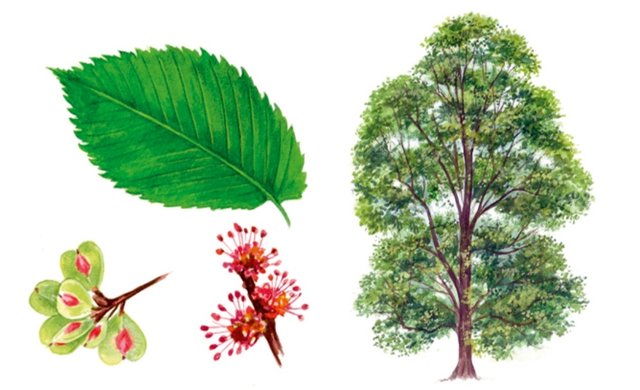
Common beech – Fagus sylvatica
The mature beech—which can reach 130ft and develop a massive, many-branched dome—is a sight to behold, especially when it comes into bright-green leaf in May.
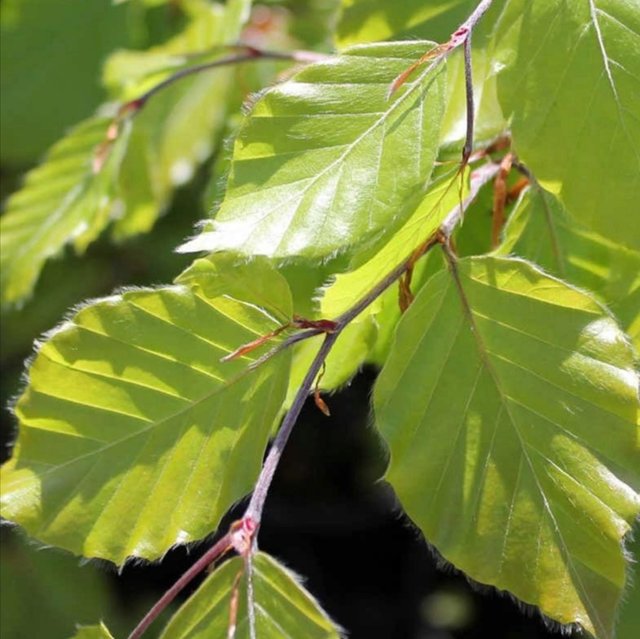
The dense canopy means only shade- tolerant plants can survive. However, this is made up for by the way splendid stands of these trees set the countryside ablaze in autumn, when their leaves turn orange, then rich red-brown. Both male (tassel-like) catkins and female flowers grow (in pairs, encased by a cup) on the same tree, which, once pollinated by the wind, houses beech mast.
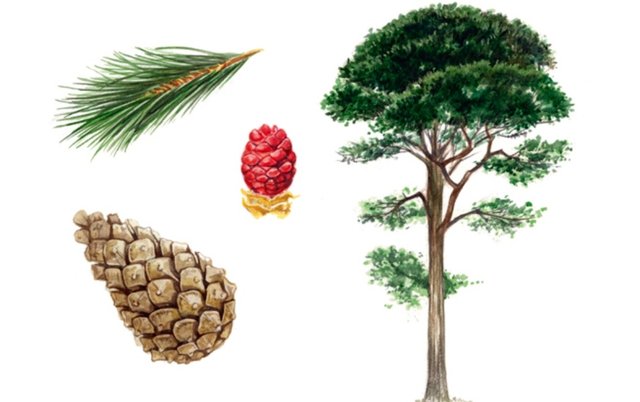
Scots pine – Pinus sylvestris
Scotland was once covered by ancient Caledonian pine forest, but, now, only about 50,000 acres of these Tolkein-esque trees remain in the Highlands. Capable of reaching 115ft and living for 700 years, the trees’ scaly, warm-orange bark fissures with age.
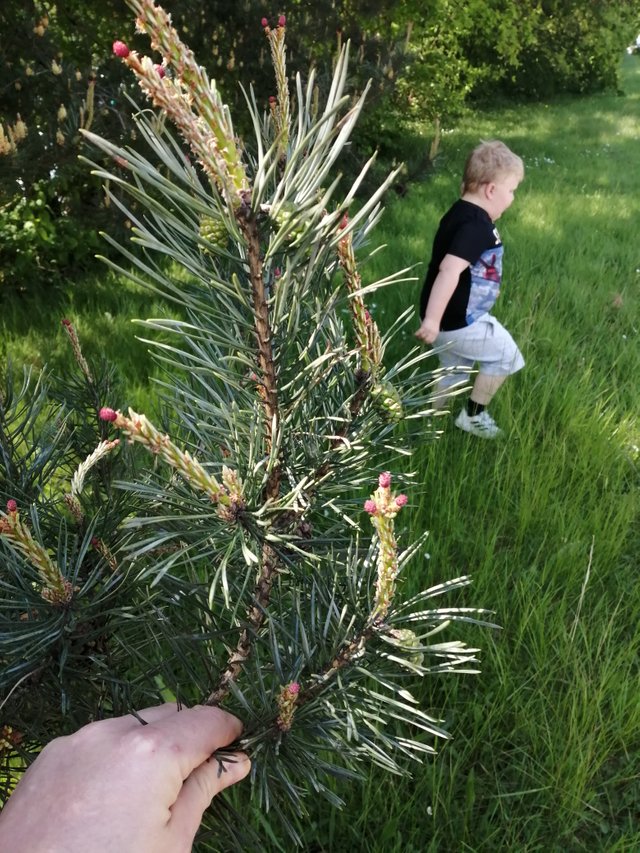
1/2pint enjoying tree spotting
Evergreen needles, which are shorter than those of other pines and have a blue tinge, are slightly twisted and grow in pairs on side shoots. Yellow male flowers appear at the base of these shoots and globular, blood-red tipped female blooms grow at shoot tips. Once pollinated by the wind, female flowers turn green and develop into cones.
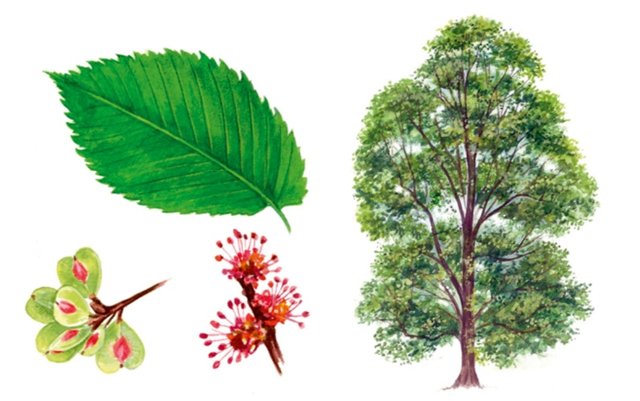
English elm – Ulmus minor var. vulgaris
It seems ironic that the billowing, once widespread English elm used to be associated with melancholy and death (possibly because dead branches can fall without warning), only for it to be ravaged by Dutch elm disease in the late 1960s.
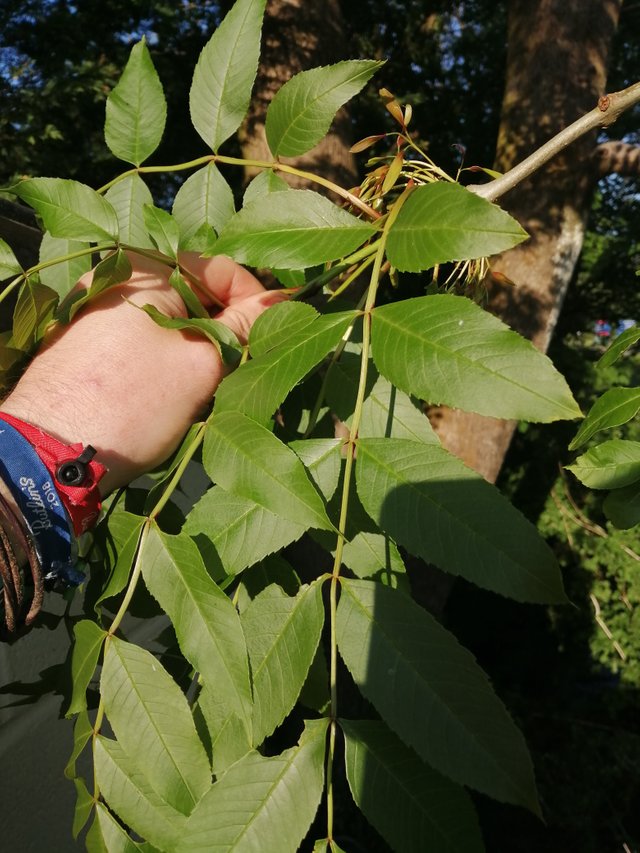
With double-toothed, round-tipped leaves, the elm’s blush-tinged, tassel-like flowers appear in February and March and, once pollinated by wind, become winged fruits called samaras that are cast forth in the breeze.
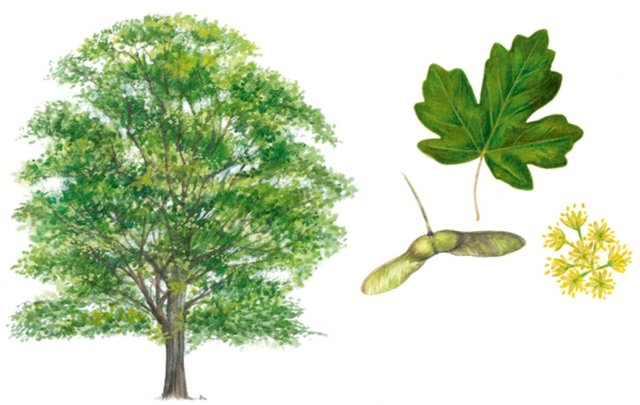
Field maple – Acer campestre
The field maple is Britain’s only native maple—and yes, its sap can be used to make syrup. Often spotted in hedgerows, it can be identified by the five, rounded lobes of its olive leaves—which fade to ochre in autumn—svelte twigs and light-brown, flaky bark.
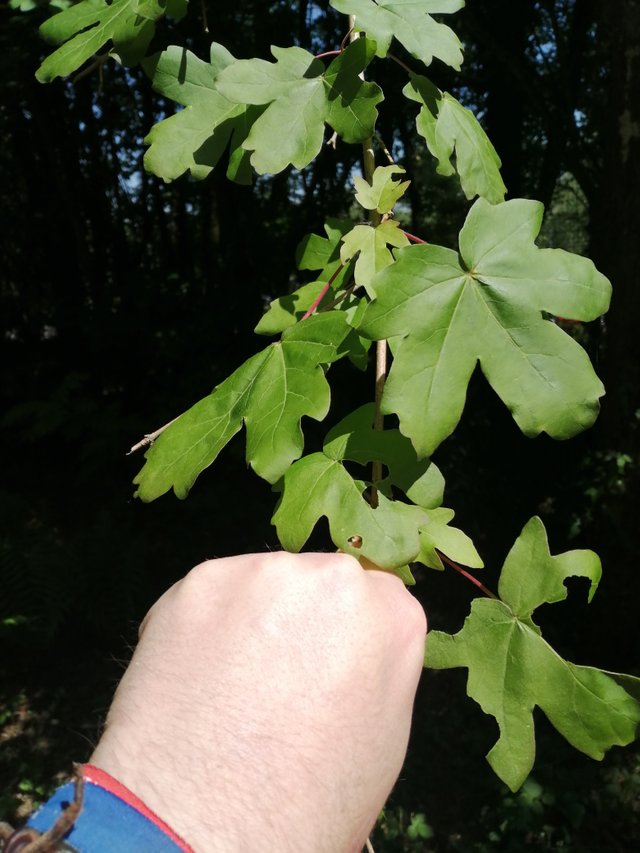
Its flowers appear to be hermaphrodite, but they’re dominated by either male or female sexual parts, which are small, yellow-green, cup-shaped and hang in clusters. After pollination by insects, they become large, winged fruits, which are scattered by the wind.
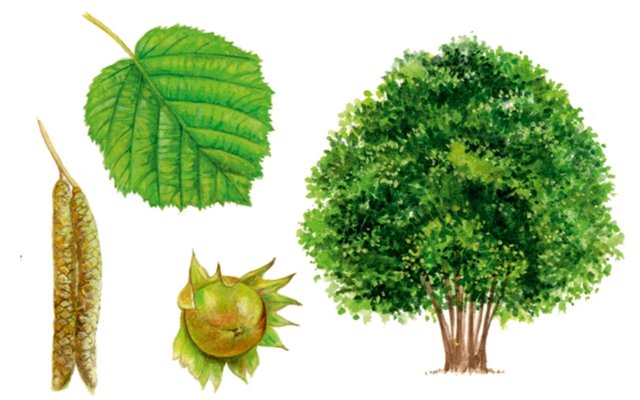
Common hazel – Corylus avellana
Long believed to possess magical powers, the hazel is often coppiced, but can reach 40ft and live for up to 80 years. Long, pale-yellow catkins appear and shed their pollen in February, before toothed and hairy leaves unfurl.
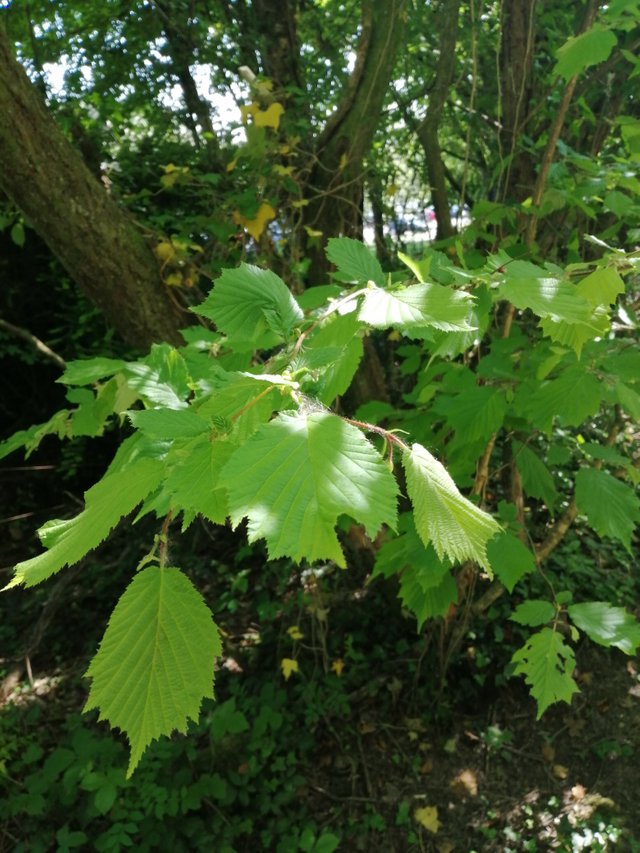
The hazel’s tiny, female flowers, which are tipped with red stigmas and almost hidden within the leaf-buds, are pollinated by the wind and eventually mature into clusters of up to four brown nuts, each surrounded by jagged-edged green bracts.
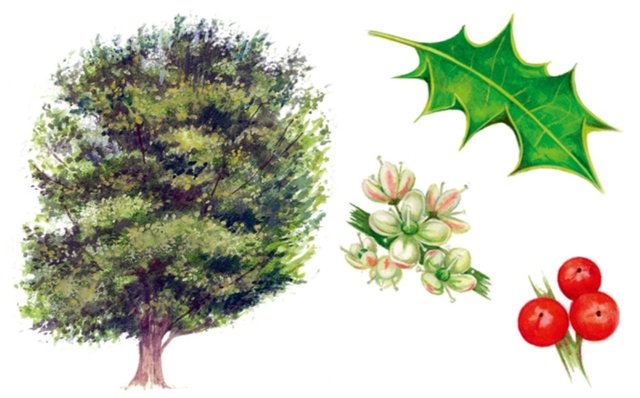
Holly – Ilex aquifolium
Glossily evergreen, this much- loved conical-shaped tree, with its prickly, darkest-emerald leaves and bright-red berries (which only adorn female trees), has been used as a winter decoration since pre-Christian times. The thickness and waxy surface of its leaves help them to resist water loss and last up to four years on the tree, which explains how sprigs and wreathes can survive the festive season.
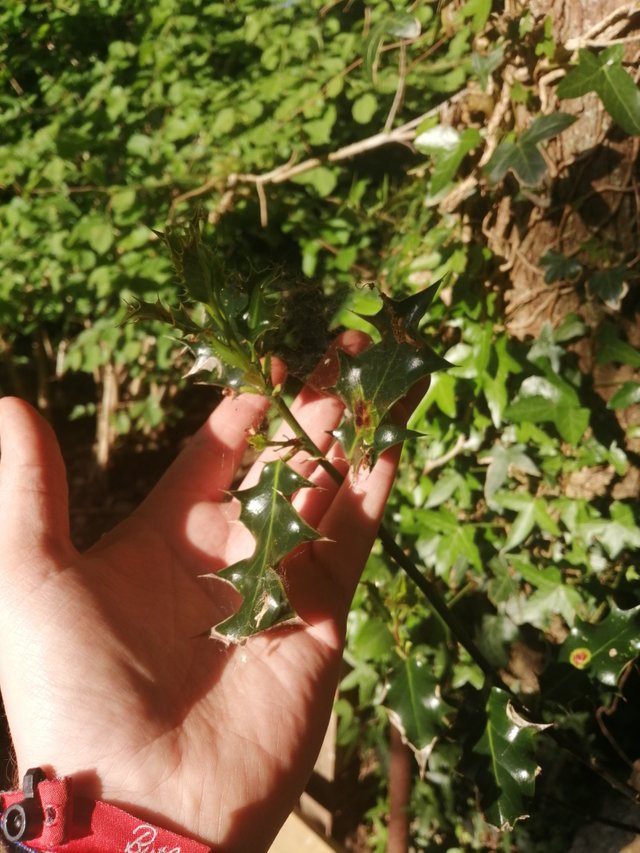
Seen as a fertility symbol and a charm against witches and goblins, cutting down a holly tree—which only has spiky leaves at the bottom to desist browsing animals—was considered unlucky.


Excellent post really enjoyed it keep up the good work 🤝 stay safe 👍🏾 !trdo
curation trail
curation trail
You got a 50.00% upvote from @votemypost Send any amount of Steem to @votemypost with your post link in the memo for a proportional upvote. Earn a passive income by delegating Steem Power to @votemypost
If you are looking to earn a passive no hassle return on your Steem Power, delegate your SP to @votemypost by clicking on one of the ready to
delegate links:
25SP | 50SP | 75SP | 100SP | 250SP | 500SP | 1000SP | 2500SP | 5000SP
Another Amount
You will earn 85% of the voting bot's earnings based on your delegated SP's prorated share of the bot's SP each day! You can also undelegate at anytime.
I love trees too.
source
amazing nature pictures and yes i love wood
It seems like you guys are having a really good family time. the pictures and description was amazing as well.
The post is informative! I love woods and i think it's also part of the nature we shouldn't ignore.
Excellent publication. I love trees. There is a saying that says that If a man sits behind a good tree it is blessed with good shade. I loved english trees and flowers. Nature makes life happier.